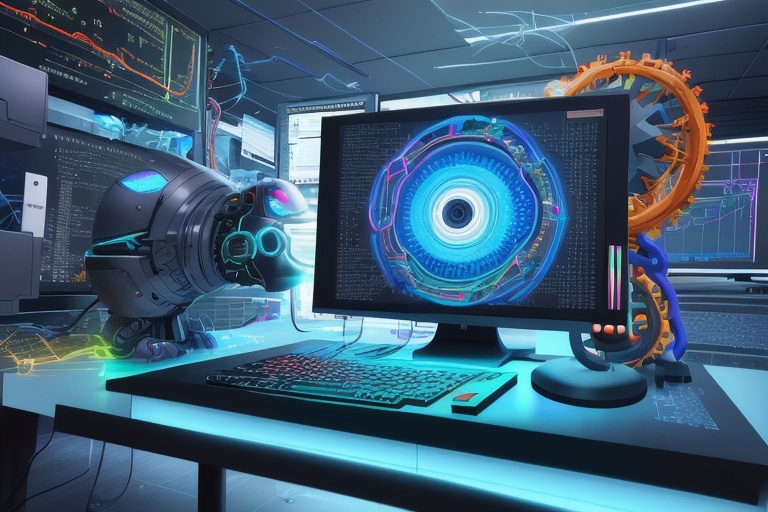Artificial intelligence (AI) and machine learning are constantly redefining the boundaries of what is possible, especially in the domain of artistic creation. Today, a wave of robust AI art generators is revolutionizing the scene, transforming how artists, designers, and creatives approach visual design. With an array of platforms at one's disposal, each offering unique capabilities and styles, the power to manifest one's creative vision has never been more accessible.
Artificial intelligence (AI) and machine learning are constantly redefining the boundaries of what is possible, especially in the domain of artistic creation. Today, a wave of robust AI art generators is revolutionizing the scene, transforming how artists, designers, and creatives approach visual design. With an array of platforms at one's disposal, each offering unique capabilities and styles, the power to manifest one's creative vision has never been more accessible.
The Diverse Palette of AI Art Generators
AI art generators such as Midjourney and Canva AI provide a vast expanse of style choices, enabling users to align images with specific texts, thereby fostering a harmonious aesthetic that speaks directly to the piece's intended message. Meanwhile, OpenAI's DALL-E 2 leverages advanced technology to produce strikingly realistic visuals from merely a few words given as prompts.
Jasper Art extends this spectrum by focusing on the conveyance of emotions through styles, capturing the subtleties that resonate with viewers on a deeper level. On the opposite end, WOMBO simplifies the process by translating art into various recognizable formats with ease.
For community enthusiasts, NightCafe provides an invaluable repository of shared insights and creations, which serves as a collective canvas for aggregating and refining visual masterpieces. And for those who doodle, Google's AutoDraw stands ready to transform simple sketches into elaborate depictions with just a few clicks.
Tailoring Art to Purpose
Businesses and marketing professionals will find robust allies in platforms like Design.ai, which is meticulously calibrated to produce graphics tailored to marketing and design-specific contexts. Similarly, CF Spark Art inspires users with output that is not only visually impressive but also full of creative potential.
Customization has never been more paramount, as underscored by OpenArt's nuanced customization options that allow detailed adherence to one's precise artistic preferences. Together, these tools form a constellation of possibilities that cater to a versatile set of needs and aspirations.
Enhancing Workflow with AI
Emerging in this sphere too are workflow enhancement tools like ClickUp, which invite AI into the process of creation itself, not just the output. Such tools improve efficiency and nourish the wellspring of creativity, allowing for smoother transitions between conceptualization and realization.
Making the Right Choice
When faced with this plethora of AI art generators, the task of selection may seem daunting. However, taking into consideration factors such as cost, ease of accessibility, execution speed, the diversity of image styles, underlying AI algorithm, level of customer support, and the vibrancy of the user community can guide users to their ideal creative partner. With these criteria as a beacon, the journey to producing outstanding AI-generated artwork—whether for professional projects or personal fulfillment—becomes far more navigable.
The Future of AI in Creative Spaces
As advancements in technology continue to stride forward, the distinct line once separating human creativity from AI-generated art is progressively fading. This fusion heralds an exhilarating new chapter in the artistic and creative fields. In this evolving landscape, the tools not only complement the innate creativity of the human mind but also expand the horizons beyond traditional limitations.
The future of AI in art promises to be dynamic, collaborative, and boundless. It offers an invitation to re-imagine and reinvent the way art is created and enjoyed. It also poses philosophical questions about the nature of creativity and the role of technology in the artistic process. As this exciting era unfolds, one thing is clear: the confluence of artificial intelligence, machine learning, and creativity is an adventure that is only just beginning.
Information for this article was gathered from the following source.


